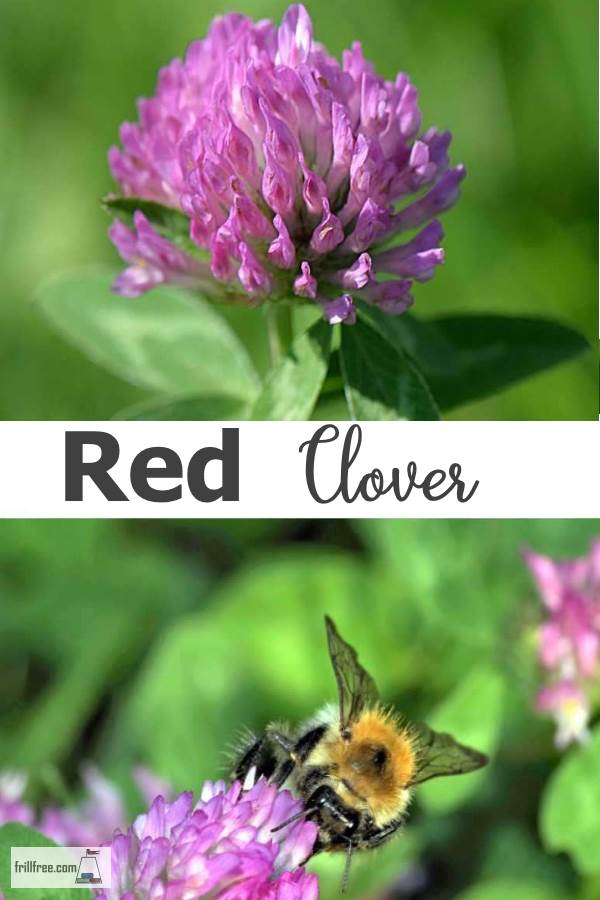- Homesteading
- Soil Fertility
- Cover Crops
- Red Clover
Red Clover
Sweet Pink Trefoil
Leguminous Cover Crop
Red clover is a favorite of wild bees and domesticated honey bees alike. They flock to the pink flowers on long stalks over many weeks as the blooms open in sequence.
The nectar is produced in huge quantities (if you’re a bee) and they obviously relish it.
If you're not a bee, you can still enjoy the nectar in the form of honey; red clover honey has a distinctive flavor.
In the sustainable organic garden, red clover is used to break up hardpan, and as a cover crop.
The roots have the same nitrogen fixing properties as alfalfa and alsike clover, and they are extensive as they probe deep into the earth.
Once the plant reaches maturity, the roots can scramble over 30cm (1’) in each direction.
These are really tough plants; you will need a pickaxe to get the roots out.
Many times organic gardeners will cut the top growth and use that as mulch.
If they’re used as a cover crop where the bed will be planted with a crop, some kind of cover such as cardboard or plenty of sheets of newspaper will kill off the plants.
This is by far the best, because then the roots are left in place to rot down, releasing the nitrogen from the nodules so other plants can use it as fertilizer.
Bumble bees, and all kinds of other insects love red clover; we love it too, for the honey, as well as its ability to break up hardpan - a layer of compacted soil below the top soil - and absorb nitrogen from the air.
This is released as the roots rot down after the plant dies, for other plants to use for fertilizer.
To grow red clover sow the seed thinly where the plants are to grow.
Most leguminous plants don’t appreciate being transplanted, so if there are any beds that are sown too thickly just throw the thinnings into the chicken pen, or on the compost pile.
















